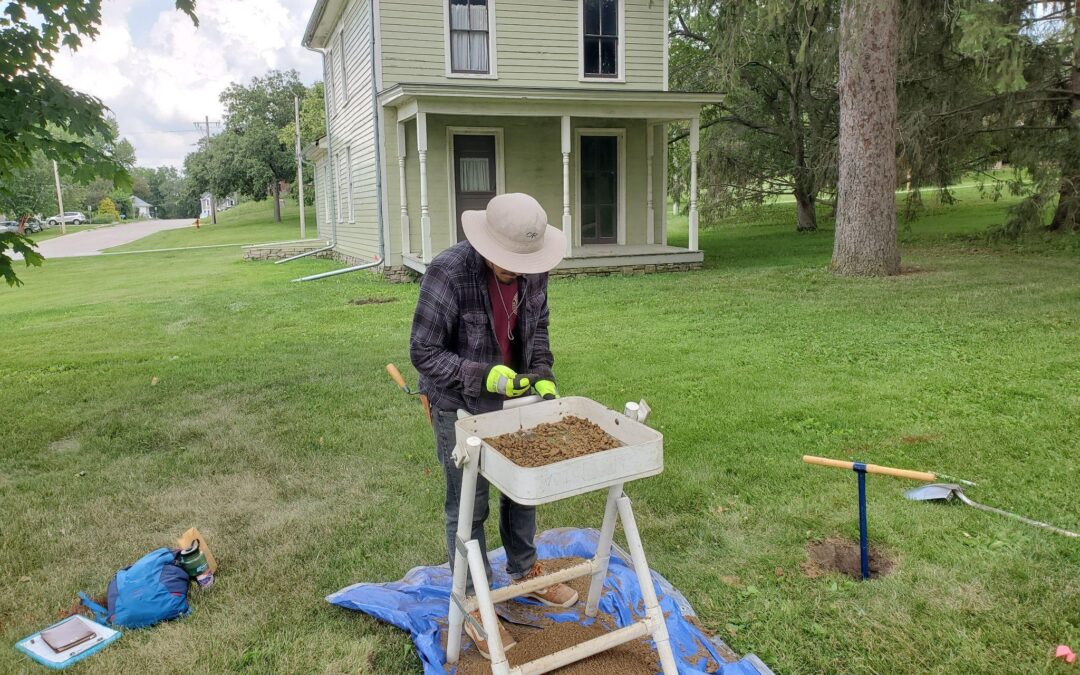Midwest Archeological Center #2
Written By: Jeremy Perez
The past few weeks of my term at the Midwest Archeological Center have been quite eventful; where to begin! First off, I have still not been able to get the portable X-Ray Fluorescence (pXRF) analyzer up and running. I’ve been constantly working with any combination of my supervisor, our IT person, and the tech support person from Buker (the company that manufactures the analyzers). For some unknown reason, the analyzer simply will not be recognized by the computer and the software, and will not allow me to take any measurements. But I refuse to give up! I have been having meetings with tech support almost every other day to get the issues solved. This goes without saying, I have become more familiar with troubleshooting x-Ray analyzers than I ever thought I would.
Luckily, my supervisor has plenty of other work for me to do until we can get the pXRF issue solved! From July 10th to the 13th, I went with my supervisor to West Branch Iowa to the Herbert Hoover Natl. Historic Site – also known as: HEHO (the best park acronym of all, in my opinion). The park has been installing a new fire alarm system which requires laying fiber optic cables. Our job was to go along the planned route where the cables were to be laid, and dig test pits to make sure there were no artifacts, or archaeological sites in the way that could get damaged. We dug 27 test pits in total using a shovel for the first 30cm or so, and then an auger to reach 100cm below the surface. Believe it or not, this short time working in the field has taught me a lot! This was the first CRM type project that I have worked on, and a surprising number of things were new to me: I had never dug test pits, and I had responsibility and wasn’t simply a student on an excavation – we had to work together to make decisions that would make most sense for the project. I was able to learn a lot about what exactly happens when projects like these are planned, how they are carried out, and what happens before, during and after. All in all, it was a valuable learning experience for me and will help me in my future CRM career, and I’m glad I got the opportunity to work on an MWAC project!
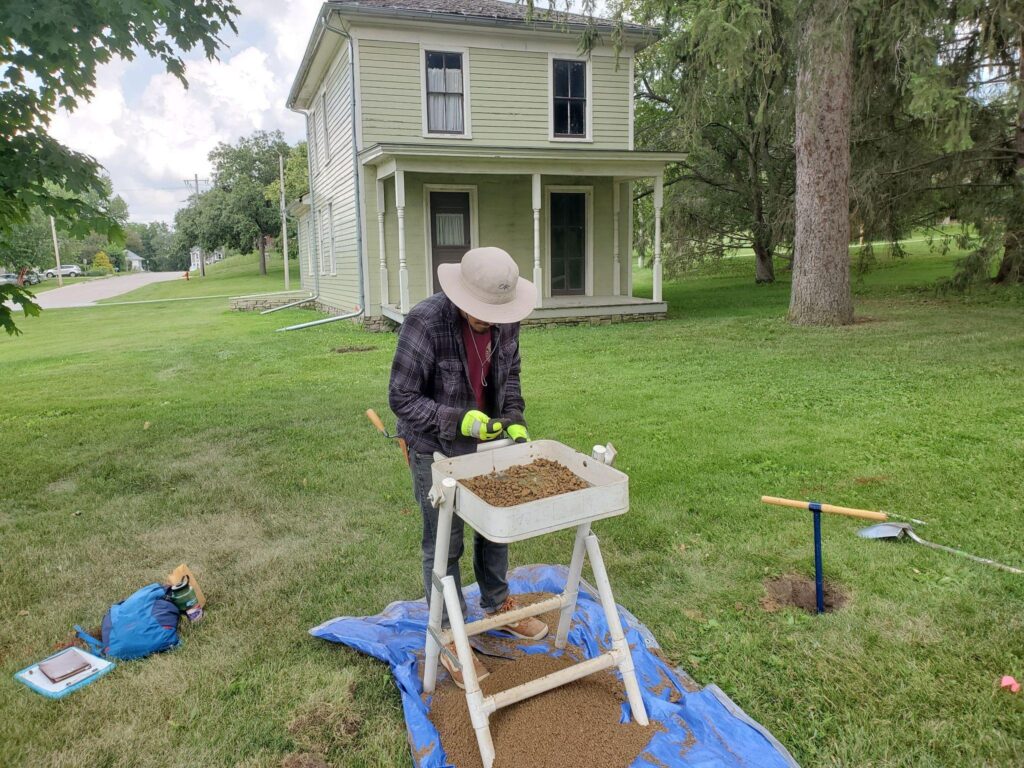
(Me sifting through the dirt, and using an auger to dig down to 100cm. In the background, the house of a
childhood friend of Herbert Hoover)
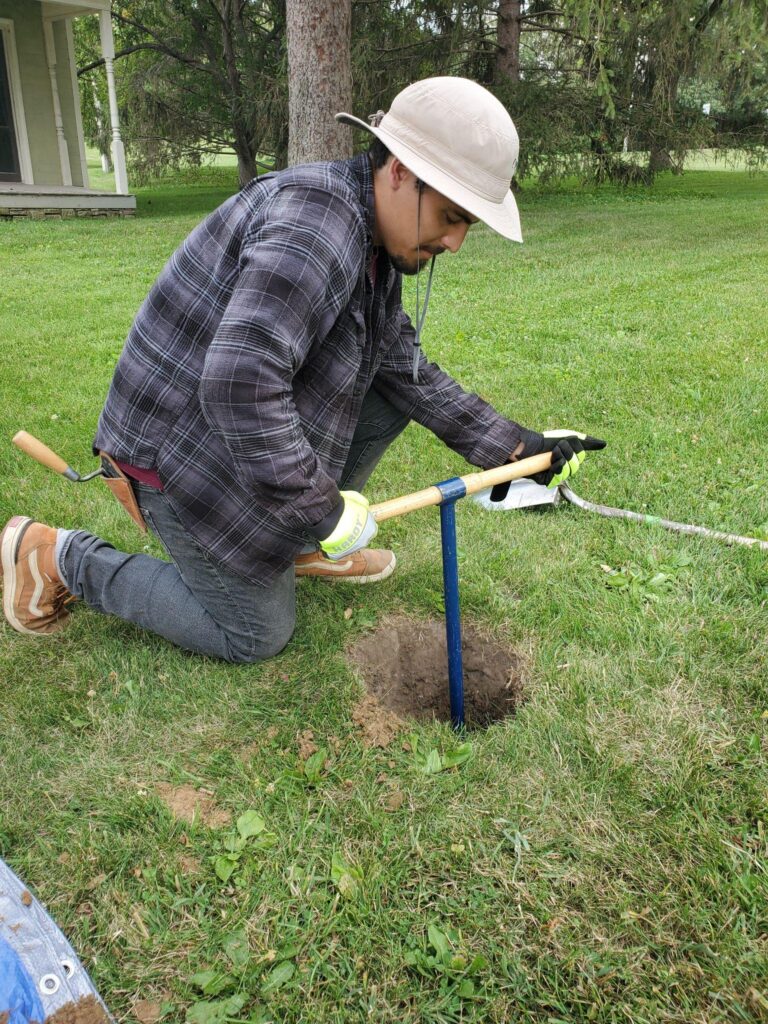
When we got back, I got to photograph all of the artifacts that were excavated from the project. This project was actually divided into two sessions, where some MWAC archaeologists did some work there in May already, and then my supervisor and I finished it in July, so I started photographing the artifacts excavated from the first session. I am now creating a digital photo log, and a spreadsheet with detailed descriptions of each artifact (do other people love making spreadsheets as much as me?).
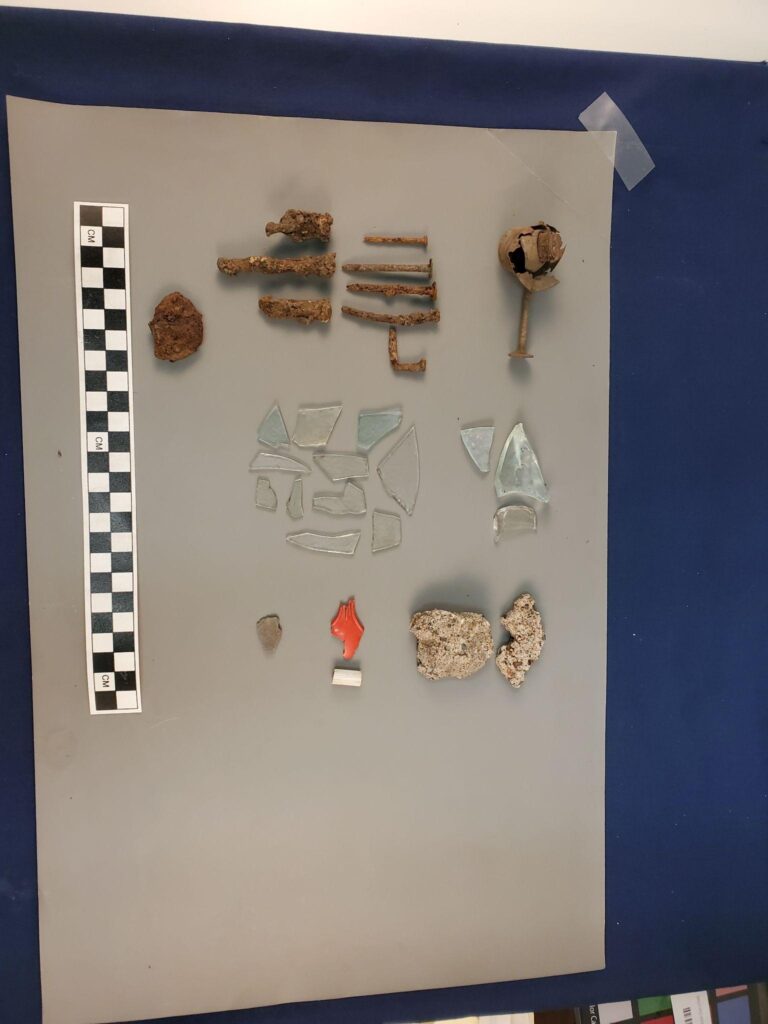
(An example of how I lay out the artifacts for a photo (nails, glass, concrete, and a part of an oil lamp. On
the right, a picture of my photography set up. Archaeology is cool because sometimes you’re a
photographer, other times a chemist, and even a physicist – like with my pXRF project).
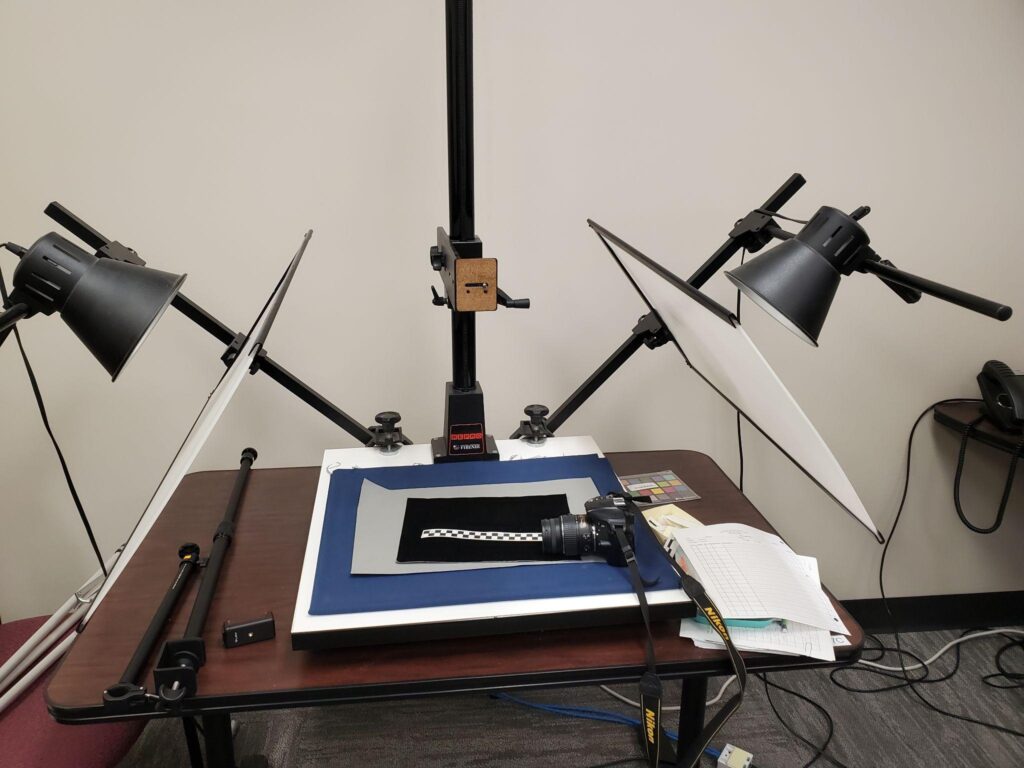
This just in: as of today, the pXRF analyzer is currently up and running! (yes, it took me multiple days to write this blog post). The first course of action now is to take some measurements of standards to make sure everything is correctly calibrated; things are looking up! Stay tuned to hear more about this rollercoaster of a project, and what kind of results I am obtaining!
